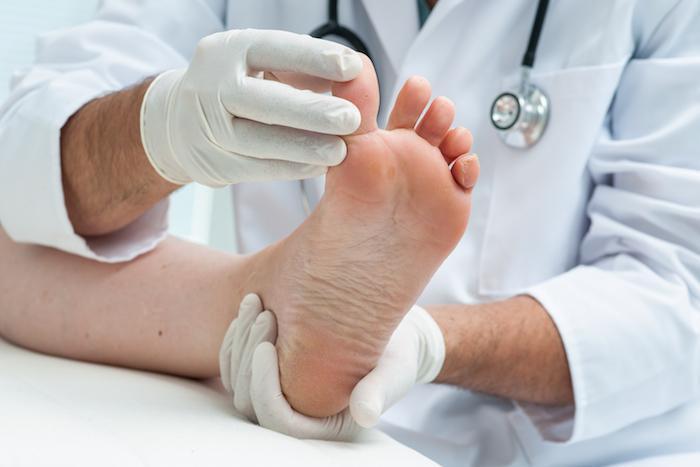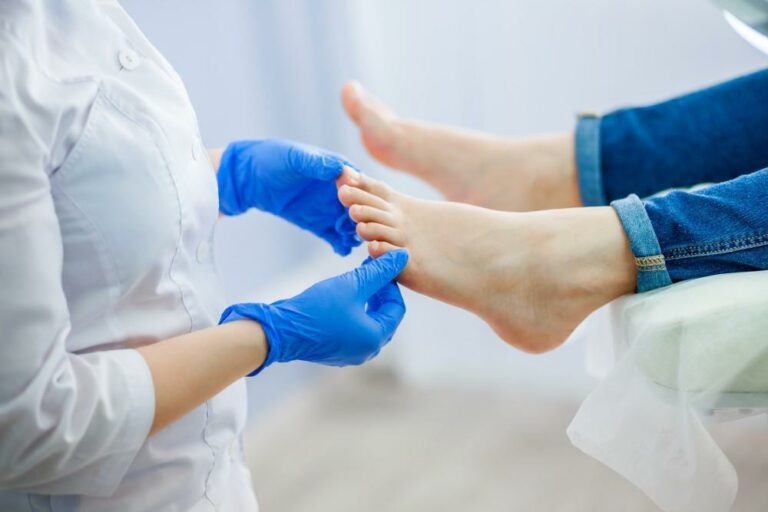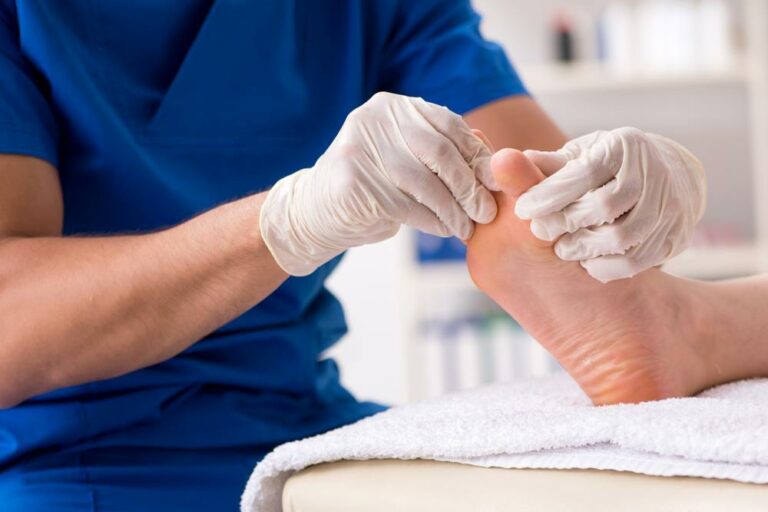There are a lot of myths about athlete’s foot. A highly contagious fungal infection that generally develops between your toes, this condition can result in dry, red, or itchy skin, and it’s more common than you might think.
Athlete’s foot is one of the most common skin infections that affect your feet — but it’s also very preventable. The providers at Great Lakes Foot and Ankle Institute, with locations in Michigan and Illinois, explain more about the myths and facts surrounding athlete’s foot.
Myth #1: You have to be an athlete to get athlete’s foot
Fact: You don’t have to be a superstar athlete to get athlete’s foot. In fact, you don’t have to be any kind of athlete at all. Getting athlete’s foot is an issue of coming into contact with a fungus, which is very contagious and transmissible.
Athlete’s foot is caused by a fungus called tinea, which is spread by warm, wet environments. If you go barefoot in locker rooms or around swimming pools, you’re more likely to come into contact with it.
Myth #2: Athlete’s foot says something about your hygiene
Fact: Getting athlete’s foot doesn’t mean that you’re not a clean person. You can shower regularly and still get athlete’s foot.
However, if you already have the fungus that causes athlete’s foot, you can spread it to other areas of your body (such as your groin, since the fungus is the same one that causes jock itch) with towels.
You can also catch athlete’s foot from someone else by using their towels. If you have forgotten your towel at a public pool, for example, you’re better off air-drying than borrowing a towel from a friend.
Myth #3: You can ignore your athlete’s foot and it will go away
Fact: Athlete’s foot is relatively minor as far as infections go, but that doesn’t mean you can just ignore it. Athlete’s foot is usually very curable with a course of anti-fungal treatment.
Over-the-counter treatments such as Lotrimin® or Lamisil® will usually help to clear up mild cases of athlete’s foot. However, sometimes your athlete’s foot won’t clear up with over-the-counter treatments, in which case you’ll need to get a prescription from your doctor.
Myth #4: You can avoid athlete’s foot by wearing shoes
Fact: Athlete’s foot isn’t as simple as just wearing shoes all the time. You can contract it by sharing towels, socks, shoes, or having foot-to-foot contact with someone who has the infection.
However, you can reduce your risk by keeping your feet clean and dry, wearing moisture-wicking socks, and drying your feet thoroughly after you shower.
Myth #5: You can stop treatment as soon as symptoms go away
Fact: Your symptoms may clear up quickly once you start treatment, especially if you’re using a prescription from your doctor. But you need to keep using the treatment for as long as it’s prescribed by your doctor to make sure your infection is truly gone.
Myth #6: Once you’ve had athlete’s foot, you can’t get it again
Fact: Unfortunately, athlete’s foot can come back, even if you’ve successfully treated it. You may get athlete’s foot again, especially if you spread it from your feet to your groin, for example.
If you’ve had athlete’s foot before, you’ll still want to use the right techniques to avoid getting another case, including the following:
- Avoid going barefoot in wet areas—pools, shared showers, saunas, locker rooms
- Dry your feet thoroughly after a shower, including between your toes
- Wear dry socks and shoes, and change them whenever they get damp
If you have athlete’s foot and it’s not responding to at-home treatment, schedule an appointment at Great Lakes Foot and Ankle Institute today. This problem doesn’t have to be embarrassing. Contact us by calling our office most convenient to you, or get in touch online.







